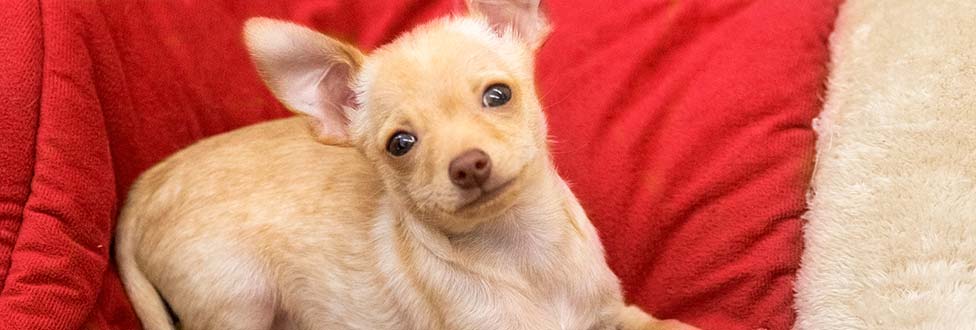Puppy Doe Update 10/16
Puppy Doe Investigation Making Progress
Work continues to identify who severely abused Puppy Doe, a young adult female dog dumped in a quiet neighborhood in Quincy, Massachusetts.
Norfolk County District Attorney Michael W. Morrissey and the Quincy Police Department are the only organizations releasing official details on the investigation. To update the public on the progress of the investigation , the District Attorney released the following statement last week:
On behalf of my office, the Quincy Police Department, and the Animal Rescue League of Boston, I am grateful for the hundreds of calls and tips that have been forthcoming in the criminal investigation into the torture of Puppy Doe. We have been inundated with tips, concerns and offers of assistance from around the world.
As Paul Keenan, Quincy Police Chief, has said, “Please be assured that we are following up with each tip received even those that have taken us out of state.”
Many calls have been received requesting updated information on the status and progress of the investigation. As with all criminal investigations, we are unable to discuss publically the specifics of this very active and ongoing investigation. To do so would not only compromise the investigation, but would also violate the ethical rules to which this office is bound. The information we have received to date from the public has been invaluable in guiding our actions through the course of the investigation.
 Please be assured that these three agencies are working in concert to identify and hold accountable the person or persons responsible for the torture of Puppy Doe. It is highly unlikely that this level of sadistic cruelty could be shown to one animal and not be part of a pattern involving other animals or perhaps vulnerable people.
Please be assured that these three agencies are working in concert to identify and hold accountable the person or persons responsible for the torture of Puppy Doe. It is highly unlikely that this level of sadistic cruelty could be shown to one animal and not be part of a pattern involving other animals or perhaps vulnerable people.
Anyone with information material to the criminal investigation regarding Puppy Doe is encouraged to contact the Animal Rescue League of Boston, Law Enforcement Department at 617-226-5610, email them at cruelty@arlboston.org, or call Quincy Police Detective Thomas Pepdjonovich at 617-745-5774.
We will continue to post updates on the Puppy Doe case as we receive them from the District Attorney.


